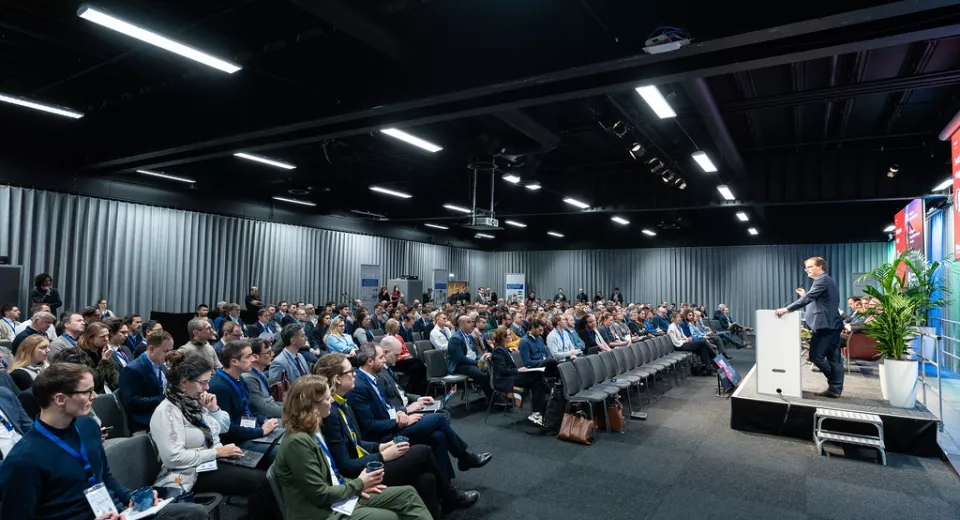An insightful look back at WindEurope EoLIS 2024
Wind energy plays an important role in the energy transition in Europe, and capacity is growing year after year. However, wind turbines do not last forever. That is why it is also important to think carefully about how we should deal with our older infrastructure.
WindEurope EoLIS (End of Life Issues & Strategies Seminar) brings together players from the entire offshore wind sector to delve deeper into the challenges and opportunities that end-of-life wind turbines offer us. The focus is on reuse, recycling and repowering.
Innovation in wind energy is about more than just larger models and higher yields. It is important to work on circular turbines that last longer, require less maintenance and can preferably be reused after their lifespan.
Did you know that Blue Cluster is involved in a number of projects involving the dismantling of wind turbines? Find out more about Ready4Decom and OWiDEx.
Takeaways
Below you will find some key takeaways from the event. Are you interested in learning more about the topic? Contact Philippe Martens.
- Europe aims to generate 35% of its energy generation from wind energy by 2030. In addition to developing new parks, repowering existing wind farms is the biggest priority. Today, repowering offers 3 to 4 times more capacity with a quarter fewer turbines.
- By 2040, the volume of dismantled wind turbine blades in Europe will exceed 100,000 tonnes. Innovative solutions for reuse, repurposing and recycling still pose many challenges today, but will offer significant opportunities in the future. Fully circular solutions are not yet available on the market, but chemical recycling projects such as ZEBRA and CETEC are very promising.
- In the coming years, competition between sectors will increase due to the growing demand for rare earth materials. It is estimated that 30,000 tons of Neodymium (Nd) will be needed annually for the production of magnets in planned offshore wind turbines until 2035. As the production and recycling of permanent magnets is mainly controlled by China, this entails geopolitical risks.
- The offshore wind sector faces unique challenges, including limited expertise and experience in decommissioning and supply chain readiness. Advanced monitoring, collaboration between sectors and early lifecycle planning are essential for sustainable and efficient decommissioning projects.
- More and more developers are combining wind and solar (multi-use) in new parks, because wind and solar energy complement each other (balancing) and together can guarantee a stable grid.



